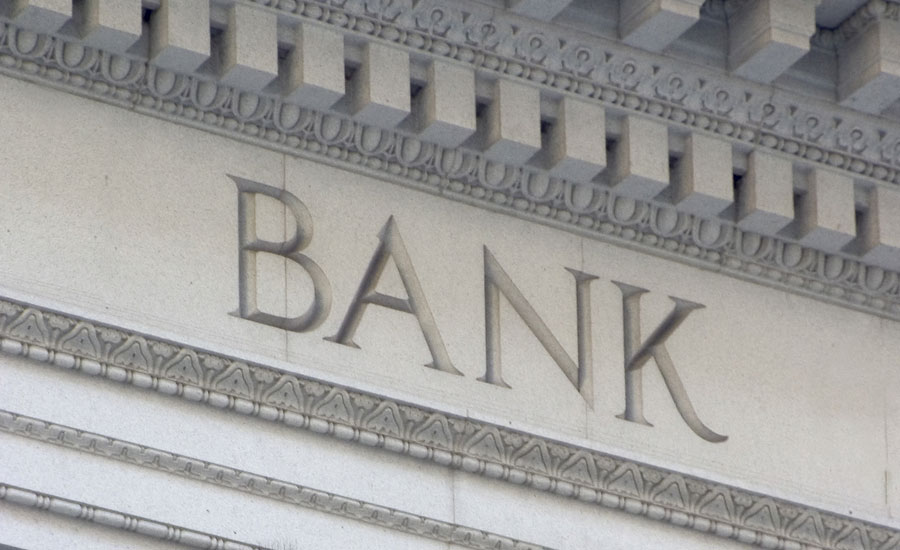
Stories
So When’s the Next Big Crisis?
10 years after Lehman collapse, economists and bankers look for fault lines
November 5, 2018
A decade after the collapse of Lehman Brothers, some economists and business leaders are beginning to worry about the next great crisis. But what will cause it and when will it hit?
“If we knew that, the crisis would already be happening,” Patrick Bolton, a professor at Columbia Business School, said during a recent alumni session on the Barcelona campus. He added that in earlier economic history, crises occurred roughly every 20 years. “Are we safe for another 10?” he asked. “I wouldn’t want to go that far.”
The session looked back at the collapse of Lehman Brothers 10 years ago to answer questions about the effect of Great Recession-era regulations on today’s economy. While panel speakers offered detailed recollections and historical analyses of the pivotal autumn of 2008, discussions ultimately steered toward the next crisis, what might cause it and when it will happen.
Stephen G. Cecchetti, a professor at Brandeis International Business School, remembered the “surreal experience” of witnessing the fall of Lehman while working at the Bank for International Settlements. He approached the 2008 crisis with a more academic and less vested interest in “reducing the frequency and severity of,” rather than eradicating, future crises.
Cecchetti said he thought the next crisis would most likely stem from cybersecurity breaches. “We need to understand these technologies,” he said. “There’s readiness on the financial side, but I worry about technology and how to guard it.”
In his presentation, which concentrated on the near doubling of capital requirements under Basel III, Cecchetti also highlighted the risk of increased shadow banking – or lending and other financial transactions that are essentially unregulated.
He said that, with the notable exception of the U.K., “We lack a framework to monitor, designate and regulate banking-like activities.”
Speakers during the Q&A session seemed to coalesce around the idea that shadow banking and the new digital landscape are the likeliest catalysts of the next crash.
2008 Crisis Casts Long Shadow
Discussion of the 2008 crisis broke down along three focal points: the Basel III regulations regarding risk reduction via capital requirements, stress testing and other instruments; the status of the “too big to fail” logic; and the evolving mindset regarding the role of central banks in stabilizing economies.
Columbia’s Bolton said it’s time to retire “too big to fail” theories, which hold that some institutions are so large that allowing them to collapse will undermine the entire economy. This came after he labeled the Great Recession-era bailout “the option that was just too easy.”
He noted that a shortcoming of “too big to fail” reasoning 10 years ago was how to deal with huge conglomerates operating in many countries and across various regulatory landscapes. The more recent single point of entry resolution essentially aims to shore up problems at the holding company, rather than across global affiliates and subsidiaries.
Systemically important banks (SIBs), Bolton said, are far better prepared to weather storms today than they were a decade ago. Still, he conceded there were gaps pertaining to current liquidity requirements.
Are central banks the appropriate bodies to close these and other gaps? Jean-Pierre Danthine, vice president of Swiss National Bank, described a “Whoa!” reaction when central banks, and the unelected officials behind them, assumed such vast powers as lenders of last resort during the 2008 panic.
“This was never tested before,” he said, “and the view early on was that this would be a temporary blip.”
Danthine said that unaddressed questions concerning “policy mix” require a serious rethinking as he questioned the model that central banks should follow as they grow in stature as stewards of financial stability. One of his key proposals was having central banks use their balance sheets to supply demand for liquid assets.
Yet the most forceful moment of Danthine’s talk came when, referencing an Alan Greenspan phrase about the pre-crisis benefits of central bank opacity, he said, “the end of constructive ambiguity should be the end of ambiguity.” In other words, central banks must precisely define and embrace their role in stabilizing economies or risk eroding their ability to regulate upon the inevitable, unpredictable return of, in Danthine’s polite phrasing, “less favorable circumstances.”


